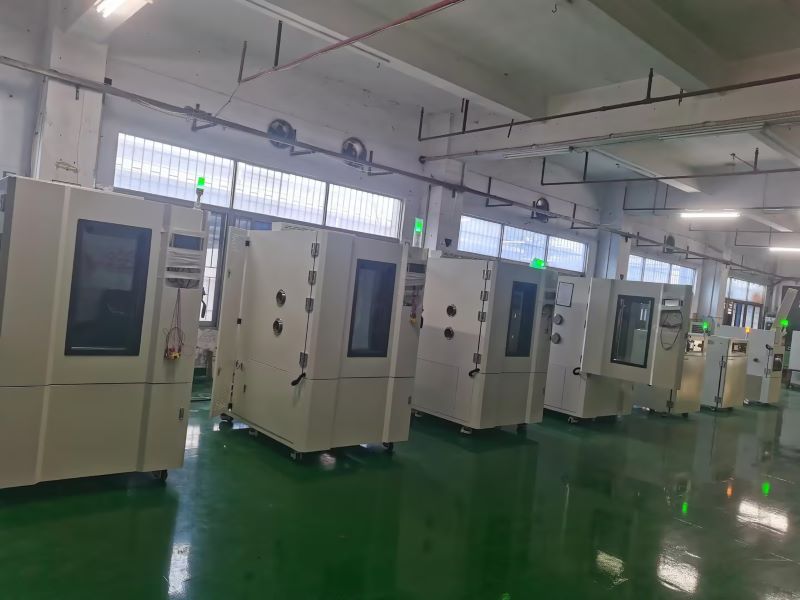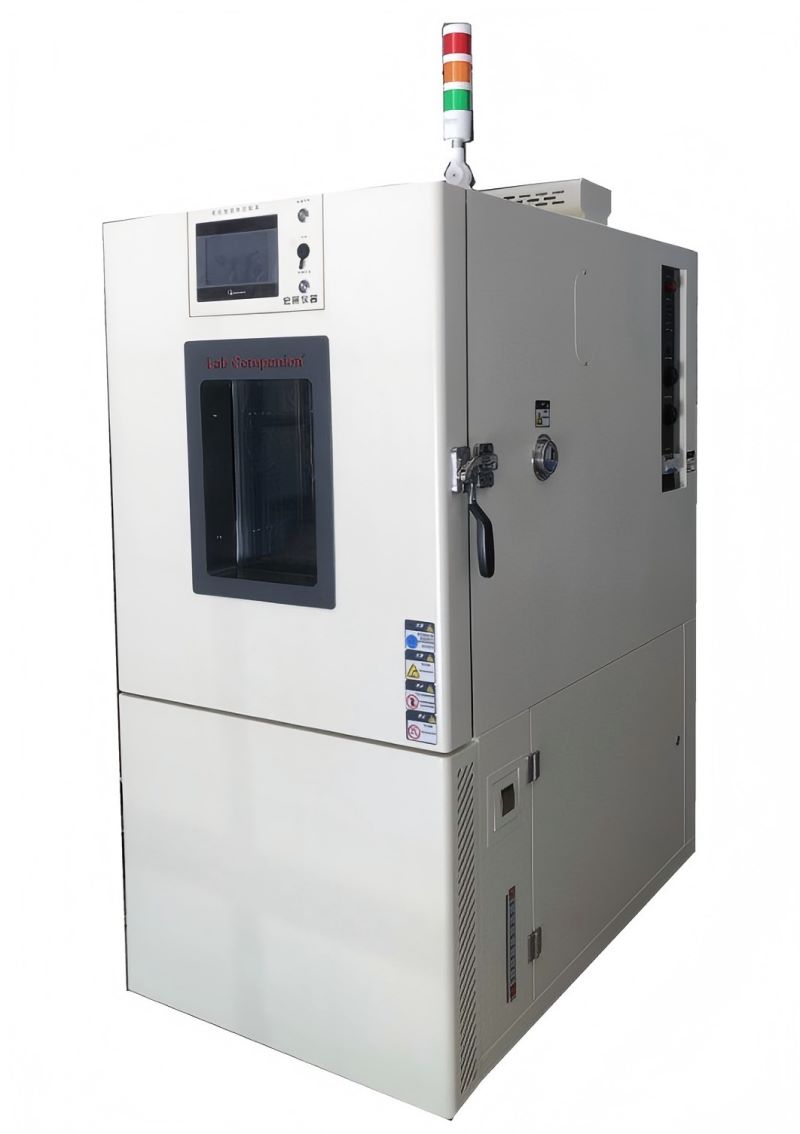Oil-free piston air compressors have become increasingly popular in various industries due to their numerous advantages. One common question that arises is whether these oil-free compressors can run continuously without any interruptions. The answer is yes! Unlike traditional oil-lubricated compressors, oil-free piston compressors are specifically designed to operate continuously, providing a reliable source of compressed air for extended periods. This continuous operation is made possible by advanced engineering and innovative technology that ensures efficient performance and a longer lifespan.
1.The absence of oil in continuous-operation piston compressors eliminates the need for regular oil changes and maintenance, reducing downtime and increasing productivity. These compressors feature precision-engineered components and advanced materials that minimize friction and wear, enabling them to operate continuously for extended durations. By utilizing modern sealing techniques and durable materials, such as high-quality piston rings and cylinder liners, oil-free compressors can maintain their performance and efficiency even under heavy workloads and prolonged usage.
Furthermore, high efficient oil-free piston air compressors come equipped with efficient cooling systems to manage heat buildup during continuous operation. This ensures the compressor maintains optimal temperature levels and prevents overheating. The cooling mechanisms effectively dissipate heat, keeping the compressor operating within safe limits. With the right maintenance and proper airflow, oil-free piston compressors can run continuously, providing a steady supply of compressed air for various applications, including medical facilities, manufacturing plants, and laboratories.
Matop Air's continuous air supply piston compressors are the best choice for you.








